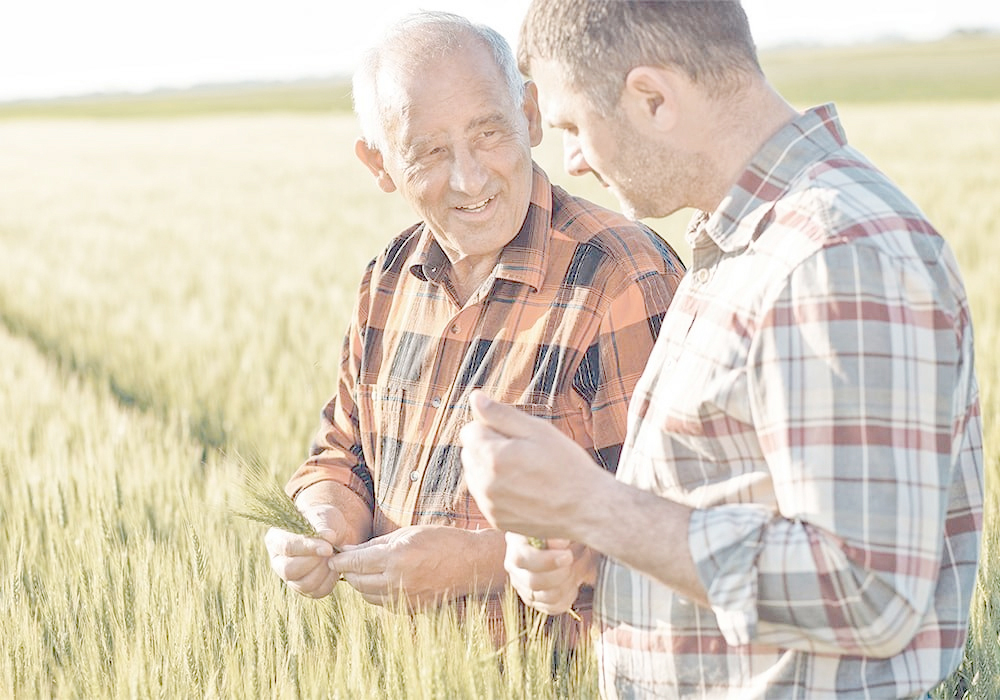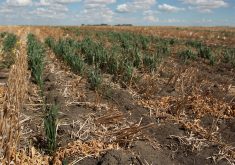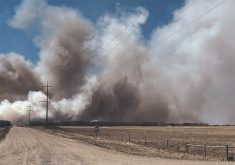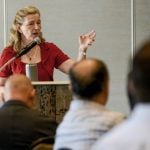The federal government has tapped a new source of funding for its overspending — the capital gains tax inclusion rate. Farmers won’t be affected on a year-to-year basis, but in many cases, it will alter approaches to succession planning.
The general public has a limited understanding of capital gains tax. Why would a wage earner know or care? Their only capital gain is likely to come from the sale of their house, and someone’s principal residence is exempt.
Those who own a secondary revenue property or a cottage and sell it for a capital gain will be affected with the capital gain inclusion rate going from 50 per cent to 66.6 per cent. Even then, the first $250,000 in capital gain annually remains at the 50 per cent rate, minimizing any impact.
Read Also

Agriculture needs to prepare for government spending cuts
As government makes necessary cuts to spending, what can be reduced or restructured in the budgets for agriculture?
For farmers and other business owners, a lifetime capital gains exemption has long been available. To its credit, the federal government has increased this from slightly more than $1 million to $1.25 million per person and the amount is indexed to inflation.
Let’s say you’re passing your farmland to your kids. A transfer to direct descendants is eligible for what’s called the rollover provision. It can be transferred without triggering any capital gains tax.
If land has been in the family for decades or even generations, the value is one heck of a lot higher than when it was acquired. At current market value, that’s a large capital gain. With a rollover, it can be transferred at any value up to the current market evaluation.
If you transfer it at a low value, it will trigger a large capital gain if the kids ever sell it. Better to at least bring up the value to where the parents can use whatever amount of lifetime capital gains exemption they have available.
The lifetime capital gains exemption doesn’t apply to corporations, and neither does the $250,000 exemption on the first portion of a capital gain. If a farm corporation sells assets, the capital gain inclusion rate goes from 50 per cent to 66.6 per cent for the entire gain as of June 25.
It’s important to note that the inclusion rate is not the taxation rate. The inclusion rate is the amount that must be considered as income for tax purposes.
However, if a farm corporation has a deal pending, there is now a big incentive to complete the deal before June 25 when the inclusion rate takes the jump.
Some critics say the changes will stifle investment in Canada. Start-ups will choose more favourable tax regimes in other countries.
That will be difficult to measure. Meanwhile, the general public is likely to view the changes as a tax on the wealthy, and that’s typically popular. Imagine the furor if the GST had been raised instead.
For farmers and their accountants, the changes to capital gains tax will mean a lot more analysis and number crunching, particularly with regard to farm succession.
Note that this column is a layman’s version of capital gains tax. It’s more important than ever to get professional advice and plan ahead. The rules are very complicated.
The governing party may change in the next election, but the opposition isn’t offering much criticism of the capital gains tax changes. Don’t count on the tax rules being reversed, even if the government changes. And if the current government remains in power, don’t be surprised if capital gains are tapped even further as a source of revenue.
Kevin Hursh is an agricultural journalist, consultant and farmer. He can be reached by e-mail at kevin@hursh.ca.


















